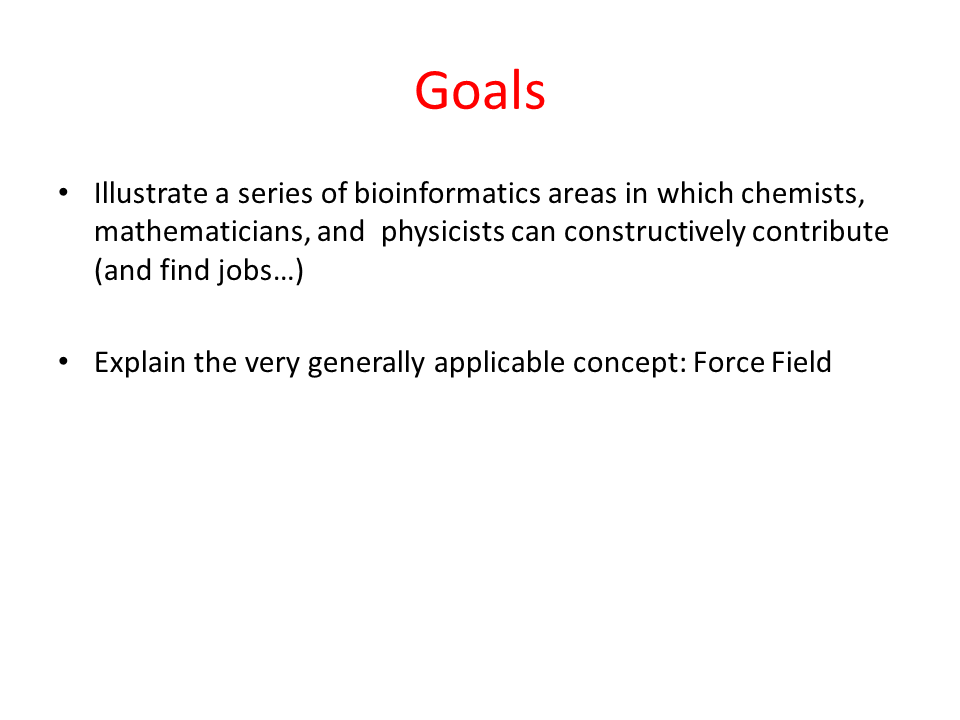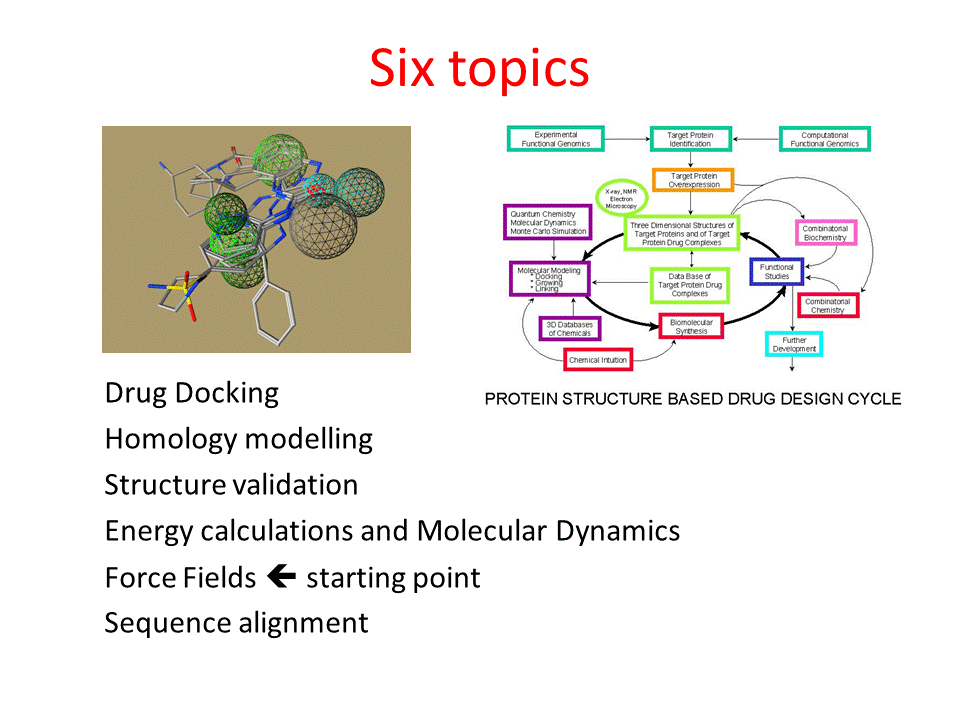The course
|
Welcome to the bioinformatics seminar series. This course will start with
a 20 minute seminar about what we are going to do and why, followed in the
classroom with a discussion of the logistics, the practicals, the exam,
etcetera.
|
What is bioinformatics?
Bioinformatics is the application of computer technology to the management of
biological information. Computers are used to gather, store, analyze, and integrate
biological and genetic information which can then, for example, be applied
to gene-based drug discovery and development. Bioinformatics is, again just as an
example, essential for the use of genomic information in understanding human
diseases or in the identification of new molecular targets for drug discovery.
In the context of chemistry, bioinformatics is often used together with
cheminformatics (the informatics of non-biological, normally small molecules).
This course will occasionally mention some aspects of cheminformatics, but the
focus will be on aspects of bioinformatics that are relevant for chemists and
chemistry.
Topics of the course
Bioinformatics is just as wide a description as chemistry. There is no way
you can say what is chemistry, and it is equally impossible to say what is
bioinformatics.

|
Figure 1. Bioinformatics is broad. So broad that it is impossible to mention all
sub-topics. We will have to limit ourselves to the introduction of a series of
concepts behind tools commonly used, and the most widely used and most broadly
applicable methods: Force Fields.

|
This course is meant for chemists and natural scientists, and the topics of
this course have been chosen accordingly; we will discuss in silico
drug design because this area is the worlds largest employer for computational
chemists:
- The computational core of in silico drug design is drug docking .
- Drug design needs protein structures that can often be predicted using
homology modelling, which in turn needs structure validation.
- Proteins are not solids but highly mobile things so we will need to discuss
Molecular Dynamics/ Energy calculations .
- All these topics use Force Fields (FF), and therefore
Force Fields will be the red thread through this course.
- Finally, many of the things we will discuss use concepts of evolution theory that
we will discuss using (multiple) sequence alignment and analyses as example.
These topics will be pursued through a series of six seminars that each come with
associated texts, videos, and practical exercises. Further explanation concerning
the topics, seminars and their coherence are listed in the table below, and in the
next few section.

|
Figure 2. All these topics use Force Fields (FF) and
therefore Force Fields will be the red thread through this course.

|

![]()
